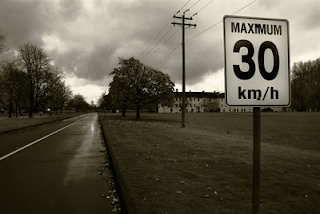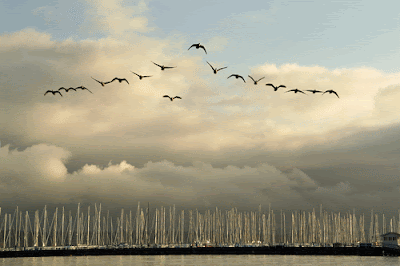
As I learn more about Photoshop I find ways of doing things better. By better I mean saving steps, preserving pixels and getting the results I want. Shooting and working in RAW is one of the best. This is something you can try in CS2. Take the saturation slider, at the bottom of the work area when you first open a RAW file, all the way to the left. Then use the sliders (and the Curves in the calibrate tab) to experiment with getting the shade of grey/black/white you want from the separate colours. It is one great way of creating a greyscale image. Remember to OPEN AS A COPY! In Mac you do this by holding down the option key and clicking the 'Open' button (which should now be the 'Open As Copy' button). I found this in the September, 2008, issue (#107) of 'Digital Photo'. It's a really helpful magazine from Britain. After converting the image to photoshop (PSD), I gave it a colour tone by going to Curves and working in the separate RGB modes until I got what I liked. I then converted it to 8 bit and saved a copy as a JPEG as well.






